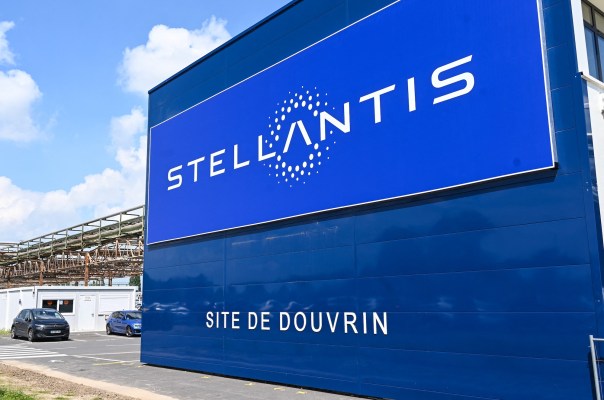Stellantis and Samsung SDI announced Wednesday plans to invest $3.2 billion into a new EV battery plant in Kokomo, Indiana. This is Stellantis’ sixth battery plant globally and its second in the United States.
The two companies, under a joint venture called StarPlus Energy, have already started construction on the first U.S. battery plant, which is also located in Kokomo. This second factory is expected to begin production in early 2027 with an annual capacity of 34 gigawatt hours (GWh). The companies said the total investment for both factories will be more than $6.3 billion and create 2,800 total new jobs.
Stellantis said its first StarPlus Energy gigafactory, which is already under construction, is on track to open by the first quarter of 2025 with an annual production capacity of 33 GWh.
“Our battery ecosystem is the foundation of our electrification strategy, and our great partners Samsung SDI, the state of Indiana and the city of Kokomo have created a compelling case for locating our sixth gigafactory in Kokomo,” said Mark Stewart, Stellantis COO North America. “The BEVs coming to our North America brands play an important role in our drive to offer clean, safe and affordable mobility for all and achieve the bold goal of carbon net zero by 2038.”
Stellantis and Samsung SDI revealed in July plans to build a second battery plant, but did not disclose the location or other details. The Wednesday announcement, while expected, comes at a precarious time for Stellantis as it continues to negotiate with striking autoworkers. The United Autoworkers strike, which is affecting GM and Ford as well, is in its fourth week.
Battery plants — and the thousands of workers that are expected to staff them — is a central concern of the UAW, which has argued that automakers intend to make these low-wage jobs.
The UAW, led by Shawn Fain, received a major concession from GM last week when the automaker agreed to include future EV battery jobs under any new national agreement. The organization is now seeking the same deal from Ford and Stellantis — automakers, that like GM, are shifting away from internal combustion engines and toward a portfolio of electric vehicles.
Stellantis has said it wants to reach 100% passenger-car battery-electric vehicle sales mix in Europe and 50% passenger-car and light-duty truck BEV sales mix in the United States by 2030.
